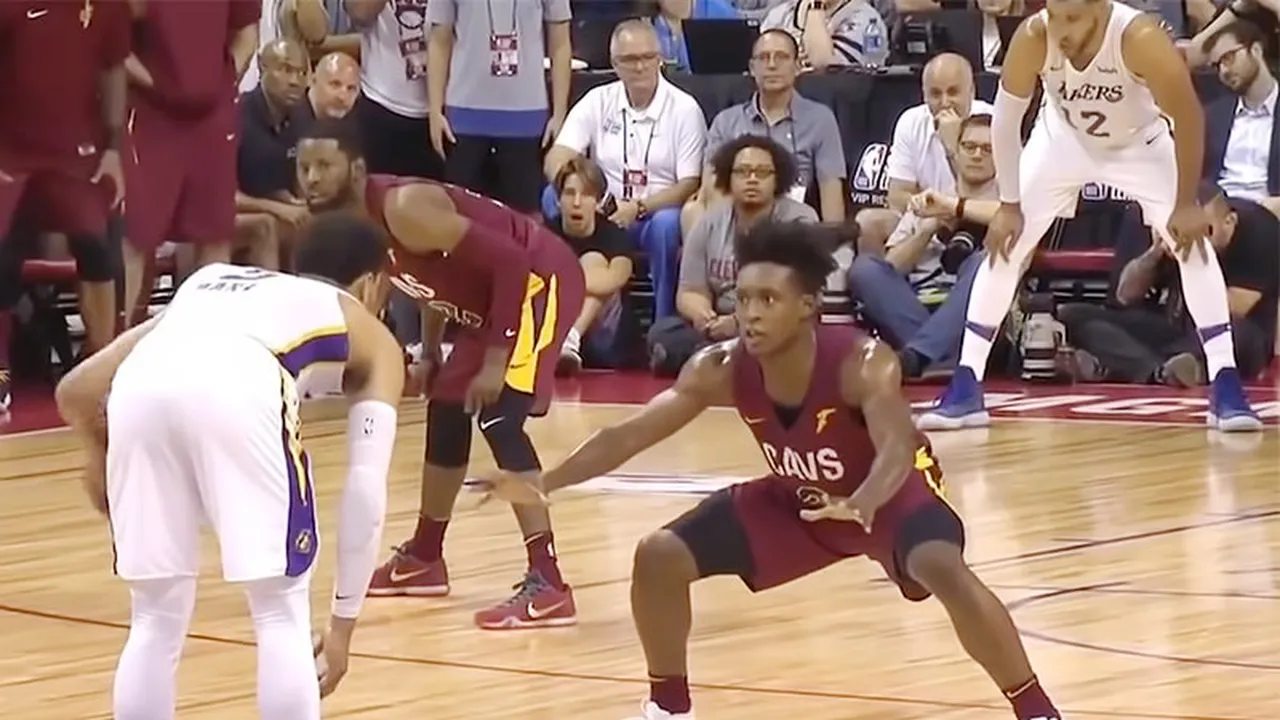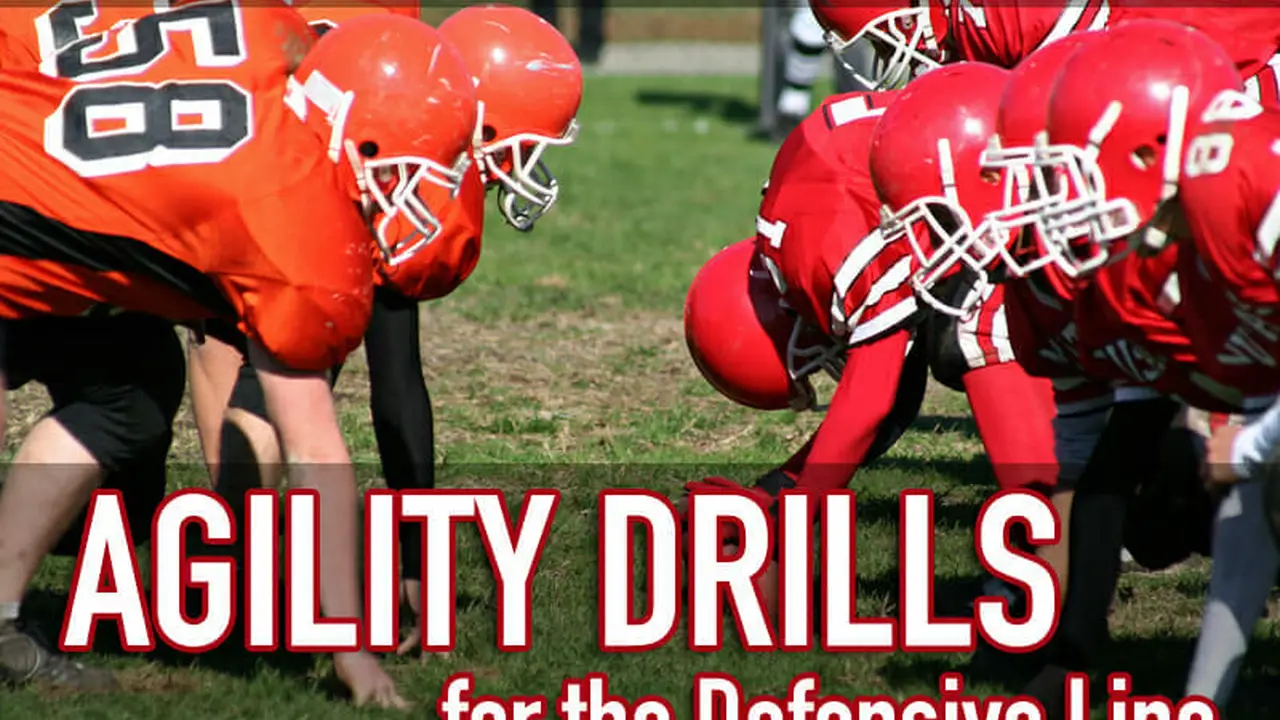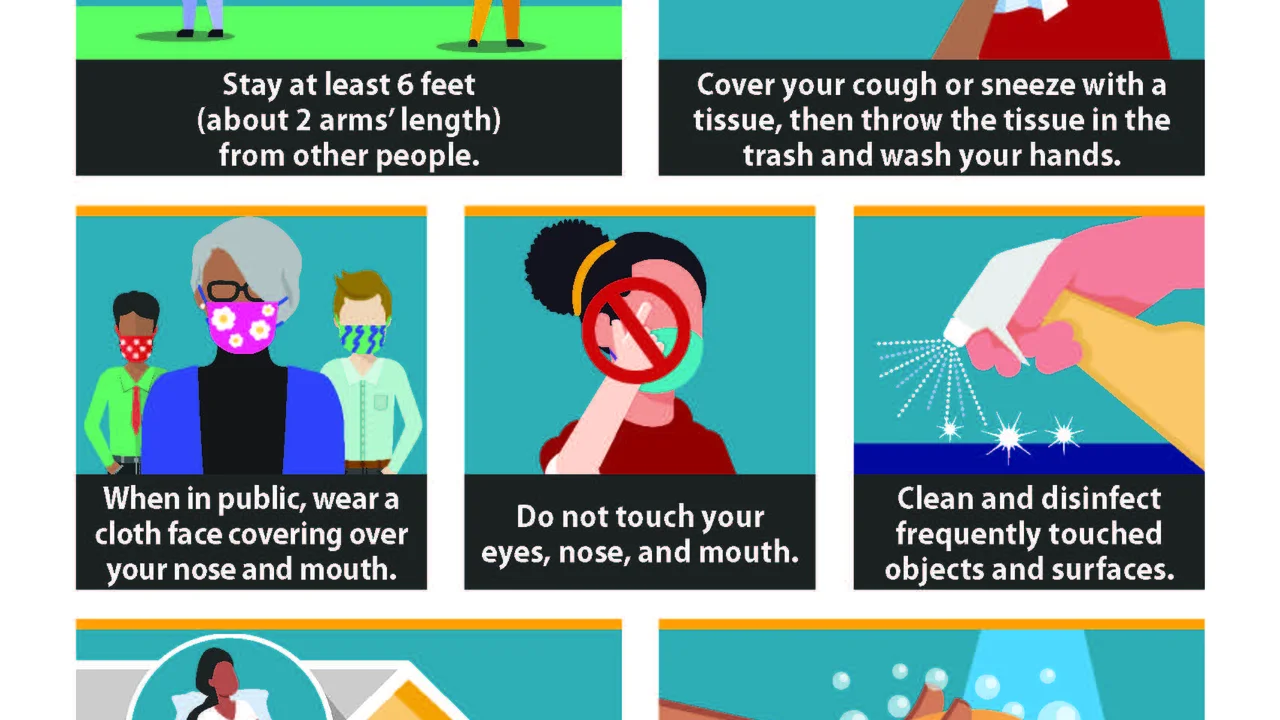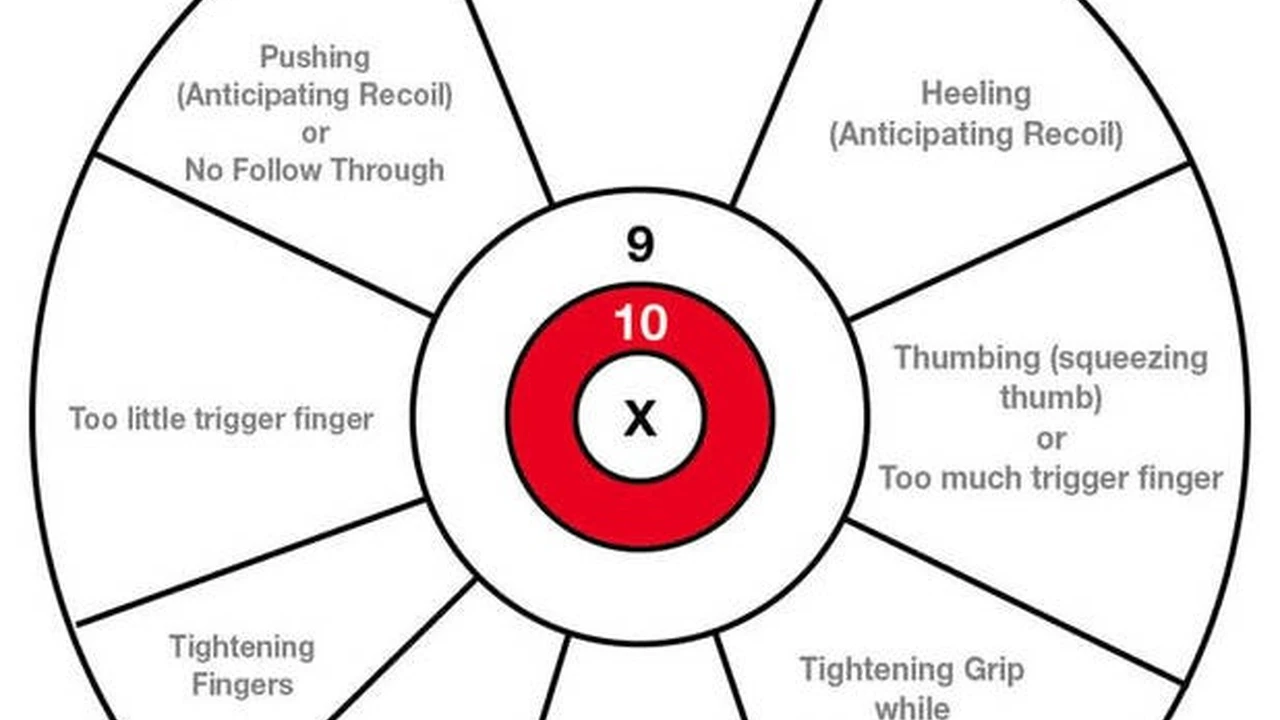Behind-the-Back Dribbling_ Adding Flair
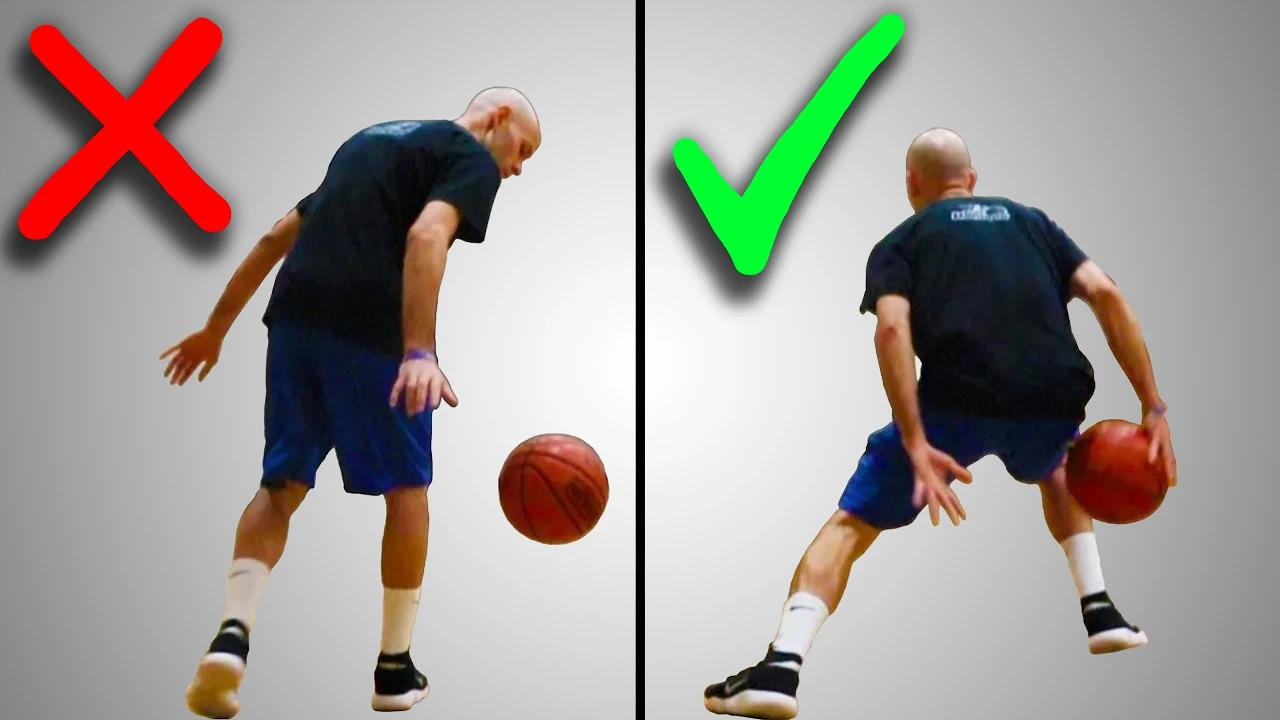
Unleash your on-court potential with this in-depth guide to the crossover dribble. Learn advanced techniques, product recommendations, and practical applications to elevate your game.
Understanding the Fundamentals of Crossover Dribbling
The crossover dribble is a fundamental basketball skill that allows players to change direction quickly and effectively while maintaining possession of the ball. It involves transferring the ball from one hand to the other in front of the body, creating space and disrupting the defender's positioning.
The Importance of a Solid Stance and Body Control
Before attempting any advanced crossover variations, mastering the basic stance and body control is crucial. A wide stance with bent knees provides a stable base, allowing for quick movements and changes in direction. Keeping your head up and maintaining a low center of gravity are also essential for balance and control.
Hand Placement and Ball Control for Effective Crossovers
Proper hand placement is key to executing a clean and effective crossover. Use your fingertips to control the ball, pushing it across your body with a firm but controlled motion. Avoid slapping the ball, as this can lead to turnovers. Practice dribbling with both hands to develop ambidexterity and improve your overall ball-handling skills.
Footwork Drills to Enhance Crossover Speed and Agility
Agile footwork is essential for maximizing the effectiveness of the crossover dribble. Incorporate footwork drills such as cone drills, ladder drills, and shuffle drills to improve your speed, agility, and coordination. These drills will help you develop the quick footwork needed to create separation from defenders and execute crossovers with precision.
Advanced Crossover Dribbling Techniques and Variations
Once you've mastered the fundamentals, you can begin exploring advanced crossover techniques and variations to add more flair and unpredictability to your game.
The Behind the Back Crossover For Deceptive Maneuvers
The behind-the-back crossover is a more advanced variation that involves dribbling the ball behind your back to change direction. This move can be highly effective for creating space and surprising defenders, but it requires excellent ball control and coordination. Start by practicing the movement slowly, gradually increasing your speed as you become more comfortable.
The Hesitation Crossover Selling the Fake for Open Shots
The hesitation crossover involves momentarily pausing or hesitating before executing the crossover. This can freeze the defender and create an opening for you to drive to the basket or pull up for a jump shot. The key is to sell the hesitation with your body language, making the defender believe you're going in one direction before quickly changing course.
The In and Out Crossover Confusing Defenders with Deception
The in-and-out crossover involves dribbling the ball towards one side of your body and then quickly pulling it back in the opposite direction before crossing over. This move can be highly effective for confusing defenders and creating space. Practice the in-and-out motion with both hands to develop your ball-handling skills and improve your court awareness.
The Double Crossover Creating Maximum Separation
The double crossover involves performing two crossovers in quick succession. This move is typically used to create maximum separation from a defender or to change direction multiple times. It requires excellent ball control and coordination, as well as the ability to anticipate the defender's movements. Practice the double crossover slowly at first, gradually increasing your speed and complexity as you become more comfortable.
Recommended Basketball Shoes for Enhanced Crossover Performance
The right basketball shoes can significantly impact your crossover performance. Look for shoes that provide excellent traction, ankle support, and cushioning to help you stay balanced and agile on the court. Here are a few recommended options:
Nike Kyrie Infinity Designed for Quick Cuts and Explosive Movements
The Nike Kyrie Infinity is a popular choice among basketball players known for their quick cuts and explosive movements. These shoes feature a lightweight design, responsive cushioning, and excellent traction, providing the support and agility needed for executing crossovers with precision.
Use Cases: The Kyrie Infinity is ideal for guards and players who rely on their speed and agility to create scoring opportunities. They are also a great option for players who prioritize comfort and responsiveness.
Detailed Information:
- Pros: Lightweight, responsive cushioning, excellent traction, comfortable fit.
- Cons: Can be expensive, may not be suitable for players who prefer more ankle support.
- Pricing: Typically ranges from $130 to $160.
Adidas Dame 8 Providing Stability and Support for Powerful Crossovers
The Adidas Dame 8 is designed for players who need stability and support for powerful crossovers. These shoes feature a durable construction, excellent ankle support, and responsive cushioning, providing the stability and control needed to execute crossovers with confidence.
Use Cases: The Dame 8 is ideal for players who need extra stability and support, such as those with ankle issues or those who play a more physical style of basketball.
Detailed Information:
- Pros: Excellent ankle support, durable construction, responsive cushioning, good value for money.
- Cons: Can be a bit heavy, may not be as flexible as other options.
- Pricing: Typically ranges from $110 to $140.
Under Armour Curry Flow 9 Lightweight and Responsive for Agile Play
The Under Armour Curry Flow 9 is a lightweight and responsive shoe designed for agile play. These shoes feature a minimalist design, excellent traction, and responsive cushioning, providing the speed and agility needed to execute crossovers with lightning-fast reflexes.
Use Cases: The Curry Flow 9 is ideal for players who prioritize speed and agility. They are also a great option for players who prefer a lightweight and minimalist shoe.
Detailed Information:
- Pros: Lightweight, responsive cushioning, excellent traction, minimalist design.
- Cons: May not provide as much ankle support as other options, can be expensive.
- Pricing: Typically ranges from $150 to $180.
Basketball Shoe Comparison Chart
| Shoe Model | Ankle Support | Cushioning | Traction | Weight | Price Range |
|---|---|---|---|---|---|
| Nike Kyrie Infinity | Medium | Responsive | Excellent | Lightweight | $130 - $160 |
| Adidas Dame 8 | High | Responsive | Good | Medium | $110 - $140 |
| Under Armour Curry Flow 9 | Low | Responsive | Excellent | Lightweight | $150 - $180 |
Basketball Training Equipment for Crossover Mastery
Using specific training equipment can significantly accelerate your progress in mastering the crossover dribble. Here are some recommended tools:
Dribble Goggles Improving Focus and Ball Handling Skills
Dribble goggles restrict your downward vision, forcing you to rely on your peripheral vision and feel for the ball. This helps improve your ball-handling skills and court awareness, as you'll be less reliant on looking at the ball.
Use Cases: Dribble goggles are ideal for players of all skill levels who want to improve their ball-handling skills and court awareness. They are particularly useful for developing the ability to dribble without looking at the ball.
Detailed Information:
- Pros: Improves ball-handling skills, enhances court awareness, affordable.
- Cons: Can be uncomfortable for some players, may take some getting used to.
- Pricing: Typically ranges from $10 to $30.
Agility Cones Developing Footwork and Coordination
Agility cones are versatile training tools that can be used to develop footwork, coordination, and agility. Set up cones in various patterns and practice dribbling through them, focusing on quick changes of direction and maintaining control of the ball.
Use Cases: Agility cones are ideal for players of all skill levels who want to improve their footwork, coordination, and agility. They can be used to create a variety of drills that challenge your ball-handling skills and court awareness.
Detailed Information:
- Pros: Versatile, affordable, improves footwork and coordination.
- Cons: Requires some creativity to set up drills, can be time-consuming.
- Pricing: Typically ranges from $15 to $40 for a set of cones.
Reaction Ball Enhancing Reflexes and Hand Eye Coordination
A reaction ball is a small, irregularly shaped ball that bounces unpredictably. Using a reaction ball can help improve your reflexes, hand-eye coordination, and reaction time, which are all essential for executing crossovers effectively.
Use Cases: Reaction balls are ideal for players of all skill levels who want to improve their reflexes, hand-eye coordination, and reaction time. They can be used to create a variety of drills that challenge your ability to react quickly and adapt to unpredictable situations.
Detailed Information:
- Pros: Improves reflexes and hand-eye coordination, fun and engaging, relatively inexpensive.
- Cons: Can be difficult to control, requires some space to use effectively.
- Pricing: Typically ranges from $10 to $25.
Heavy Basketball Strengthening Dribbling Muscles
A heavy basketball is a weighted basketball that can be used to strengthen your dribbling muscles and improve your ball control. Dribbling with a heavy basketball can help you develop the strength and endurance needed to execute crossovers effectively, even when fatigued.
Use Cases: Heavy basketballs are ideal for players who want to improve their dribbling strength and endurance. They can be used to perform a variety of dribbling drills, such as figure-eights, crossovers, and behind-the-back dribbles.
Detailed Information:
- Pros: Strengthens dribbling muscles, improves ball control, relatively inexpensive.
- Cons: Can be tiring to use, may not be suitable for players with wrist or elbow injuries.
- Pricing: Typically ranges from $30 to $60.
Integrating Crossover Dribbling into Your Game Strategy
Mastering the crossover dribble is only half the battle. You also need to learn how to integrate it effectively into your game strategy. Here are some tips:
Reading the Defender Anticipating Their Movements
Before executing a crossover, take a moment to read the defender's position and anticipate their movements. Are they playing tight defense, or are they giving you some space? Are they anticipating your crossover, or are they caught off guard? By reading the defender, you can choose the most effective crossover variation and increase your chances of success.
Setting Up the Crossover with Misdirection and Fakes
Don't just execute a crossover randomly. Set it up with misdirection and fakes to throw the defender off balance. Use your eyes, head, and body language to sell the fake and make the defender believe you're going in one direction before quickly changing course.
Using the Crossover to Create Scoring Opportunities
The ultimate goal of the crossover dribble is to create scoring opportunities. Once you've created separation from the defender, use your speed and agility to drive to the basket, pull up for a jump shot, or pass to an open teammate.
Varying Your Crossover Techniques to Keep Defenders Guessing
Don't become predictable. Vary your crossover techniques to keep defenders guessing. Use a combination of basic crossovers, behind-the-back crossovers, hesitation crossovers, and in-and-out crossovers to keep them on their toes.
Common Mistakes to Avoid When Practicing Crossover Dribbling
Even with the best intentions, players often make common mistakes when practicing the crossover dribble. Avoiding these pitfalls will help you develop a more effective and efficient technique.
Looking Down at the Ball Losing Court Awareness
One of the most common mistakes is looking down at the ball while dribbling. This reduces your court awareness and makes you vulnerable to steals and turnovers. Keep your head up and focus on the defender and your teammates.
Dribbling Too High Losing Control
Dribbling the ball too high can make it difficult to control, especially when executing crossovers. Keep the ball low to the ground and use your fingertips to maintain control.
Telegraphing the Crossover Tipping Off the Defender
Telegraphing the crossover is another common mistake. This involves giving away your intentions before executing the move, allowing the defender to anticipate your crossover and intercept the ball. Avoid telegraphing by using misdirection and fakes.
Over Dribbling Forcing Unnecessary Moves
Over-dribbling can lead to turnovers and missed opportunities. Don't force unnecessary crossovers. Use the crossover strategically to create space and scoring opportunities, but don't overdo it.
Staying Motivated and Tracking Progress in Your Crossover Journey
Mastering the crossover dribble takes time and dedication. Staying motivated and tracking your progress are essential for long-term success.
Setting Realistic Goals and Celebrating Small Victories
Set realistic goals and celebrate small victories along the way. This will help you stay motivated and focused on your progress. Break down your goals into smaller, more manageable steps, and reward yourself for achieving each milestone.
Filming Your Progress and Analyzing Your Technique
Filming your progress and analyzing your technique can be a valuable tool for improvement. Watch your videos carefully and identify areas where you can improve. Compare your technique to that of professional players and try to emulate their movements.
Seeking Feedback from Coaches and Experienced Players
Seek feedback from coaches and experienced players. They can provide valuable insights and help you identify areas where you can improve. Be open to constructive criticism and use it to refine your technique.
Maintaining a Consistent Practice Schedule
Consistency is key to mastering the crossover dribble. Maintain a consistent practice schedule and dedicate time each week to working on your ball-handling skills. Even short, regular practice sessions can be more effective than long, infrequent sessions.
:max_bytes(150000):strip_icc()/277019-baked-pork-chops-with-cream-of-mushroom-soup-DDMFS-beauty-4x3-BG-7505-5762b731cf30447d9cbbbbbf387beafa.jpg)



